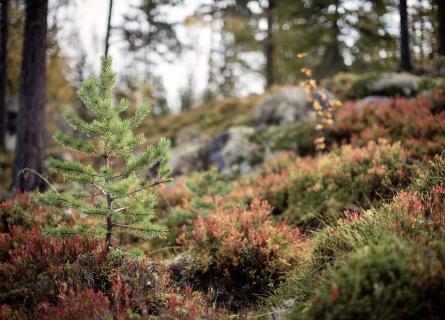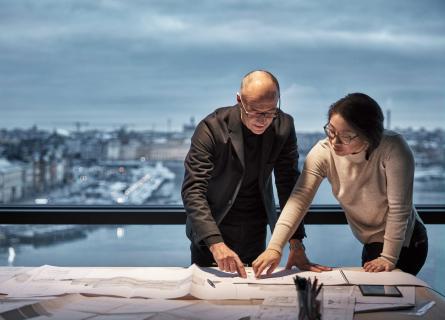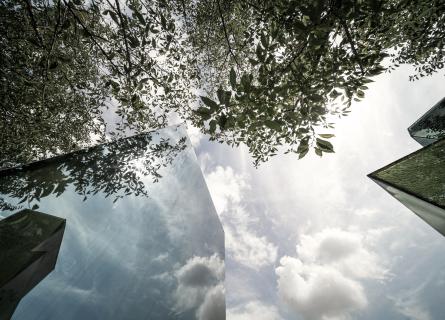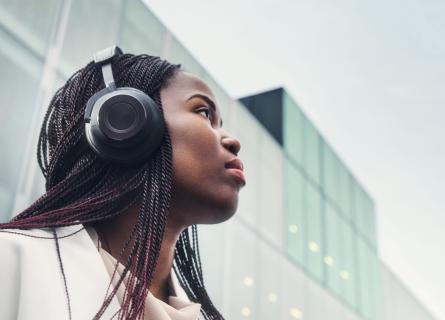
Planet-sized scarcity
Building a sustainable future is based on good objectives, both at a domestic and an international level, including carbon neutrality, increased conservation of terrestrial and marine areas and reduced utilisation of natural resources.
However, reaching them requires concrete action, and we all have plenty to do to make the world economy function within our planet’s carrying capacity.
Planet-sized scarcity is so significant that it is challenging to comprehend fully. For too long, we have relied on the thought that we could endlessly create new without any limits – creating everything that comes to mind and that we can make. However, we have reached our limits – in fact, we already reached them fifty years ago when the Club of Rome 1 published their report Limits to Growth. For the past decades, the world economy has continued growing based on the increasing overexploitation of natural resources.
The current world economy is still largely based on a linear economic model, take-make-waste, in which we employ natural resources and produce various materials and products that exit the economic system as waste after using them. Only around 10% of all materials are currently recycled back to use.
Renewable natural resources will also become limited if we continue overexploiting and using them faster than they can renew. Likewise, there is only a limited amount of renewable energy in our use, even though wind and sunshine suffice day after day. Nevertheless, we only have a certain amount of infrastructure that utilises these natural phenomena, and building new infrastructure requires even more natural resources.
The challenges and solutions are complex
The dimensions of the sustainability crisis – climate change, biodiversity loss and environmental pollution – are closely linked: the more we consume and process natural resources and pollute, the faster climate change and biodiversity loss will proceed. For its part, climate change also expedites biodiversity loss. So, what should we do – how can we ensure nature and people’s well-being in the future?
The solutions are also interconnected. For example, when we are talking about green steel, we have to simultaneously talk about the fossil-free electricity it requires since it takes a many times greater amount of electricity to manufacture carbon-neutral steel than the traditional steelmaking method. Constructing wind and solar plants requires natural mineral resources – the same resources that are also needed for smart technologies, batteries, electric cars, the defence industry and extra-strong material blends. What do we actually need, what kind of future are we building and, from now on, how are we using these valuable riches of our planet?
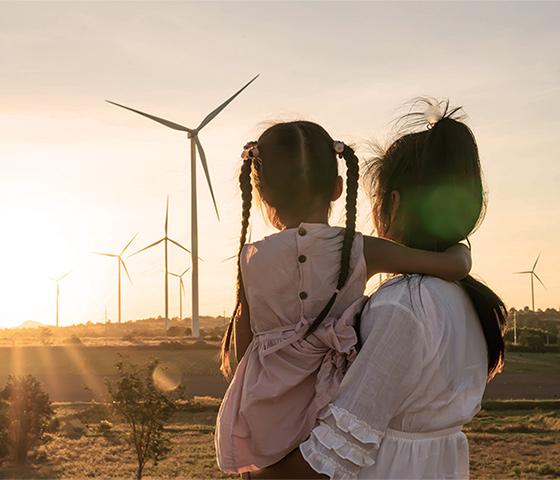
All about the overall picture
We need to bring all aspects of the sustainability transition to the table at the same time, starting from industrial carbon-neutral circular economy solutions, securing the water supply, circular economy business models, green energy, digital solutions and a sustainable economy. When all aspects are on the agenda, we start to see how they form connections, and we can start to make realistic decisions – how do we really want to spend our limited natural resources and energy?
Reducing natural resource use lies at the core of building a sustainable future. We can reach that only by reducing consumption based on the use of natural resources and by having the employed resources in use for as long as possible while concurrently ensuring their continued use in the future.
The sustainability transition means changes in the current global economic system and the present economic model – a transition away from a linear economy towards a circular economy. Product longevity and securing material circulation are at the core of the circular economy. It also includes various business models that are part of the new functioning economic system. If we can make the entire economic system work in the circular economy, we can also reduce the use of virgin natural resources.
Nonetheless, there needs to be more than the circular economy to resolve the current sustainability crisis. Alongside the circular economy, we must initiate a conversation about how we can reduce both material and energy consumption and simultaneously ensure the well-being of humans as well as nature. Reducing consumption is a difficult topic to discuss, though, because the forums are dominated by talks about economic growth and how to ensure it.
Everything is connected
Next time, when we discuss green steel, let us raise the topic of building infrastructure for renewable energy at the same time. Let us examine, both at a domestic and an international level, where and how we produce energy in the most sustainable way and how we build the infrastructure it requires. Let us consider the conservation objectives for terrestrial and marine areas in all human activity, implement mining activities responsibly, use recycled raw materials primarily, and ensure that our natural resources stay in use once employed. It is time to move from linear economy business models towards a carbon-neutral circular economy and from words to deeds!
To-do list for future makers
– Even in the future, we will live in tightly inhabited cities as well as sparsely populated rural areas. How we plan and implement the areas where we live, move, and work is decisive for how well we can apply sustainable solutions in everyday life.
– We will continue doing global business. We will travel and simultaneously transport trade goods by air and sea. However, we have the opportunity to influence how we plan and implement global value chains. Demand more sustainable solutions in your business – every moment of doing business is an opportunity to make an impact!
– As individuals, we have a crucial role to play in advancing the current state of things towards a sustainable everyday life. How we make choices is decisive for whether the world economy will operate within our planet’s carrying capacity limits in the future.

This article was written by Nani Pajunen and initially published in Finnish in Lumen – Lapland UAS Journal on 8 February 2022.

Bioindustry Management Consulting
To survive and flourish, industries and companies must adapt and innovate at an ever-increasing rate. Our dedicated team of nearly 200 industry experts advise clients across bioeconomy value chains from forestry to packaging and retail, as well as from new bio-based materials to novel new end-uses.
Footnotes
- 1. The Club of Rome is a nonprofit, informal organisation aiming to discuss pressing global issues critically. a↩
